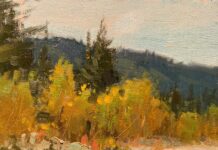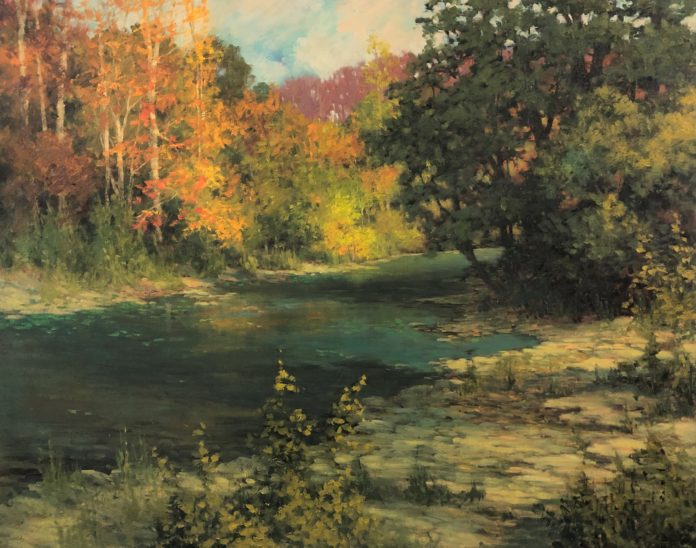
Plein Air Painters Making a Difference: The following is an update on the Indiana Waterways painting project first featured in Plein Air Today / OutdoorPainter.com in June 2021 (read “Painting Indiana Rivers: Using Art to Highlight Conservation” here).
Five Artists’ Project: Finding Waterways in Peril
By Avon Waters
www.avonwaters.com
As artists, we can paint out any object we don’t want to include, or move things to make a composition more interesting. We artists usually need to eliminate the trash and junk we encounter when painting waterways — unless our purpose is to highlight it.
In 2021, four other artists and I started a two-year project to paint major Indiana waterways to celebrate 100 years of conservation by the Izaak Walton Leagues of America. What we didn’t expect was to see what bad shape our waterways are really in.
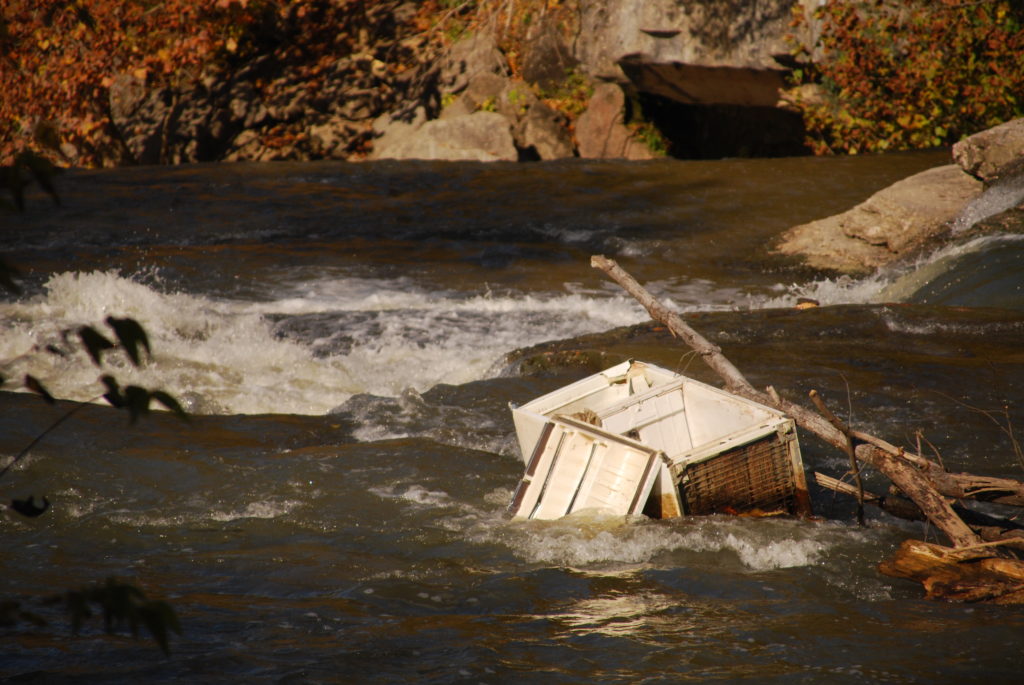
While we can opt to include or eliminate in our artworks the discarded tires, empty cans, and abandoned appliances, too many times trash remains there for the next person to see. We pick up what we can, but often can’t lift the trash. For example, during a November visit to Indiana’s Lieber State Park’s Cataract Falls, there was no safe way to remove or retrieve a full-sized refrigerator, its door flung open, that was hung up on rocks in the middle of the falls’ crest.
Our project began as a way to share the beauty of Indiana’s waterways. Halfway through this project, our approach to our subject matter continues to evolve. We still want our touring exhibition to be a celebration of a natural resource, but now we must find subtle ways to introduce the challenges we discovered that face waterway conservationists.
On the flip side, we have all found new places to return to after we finish the project. Project artist John Kelty and I found a 90-foot waterfall that neither of us had ever heard of. Canoers and kayakers shared streams that they love on our group page for the project. As a result of followers’ suggestions, we discovered Big Pine Creek and got to see its long stretches of rapids.
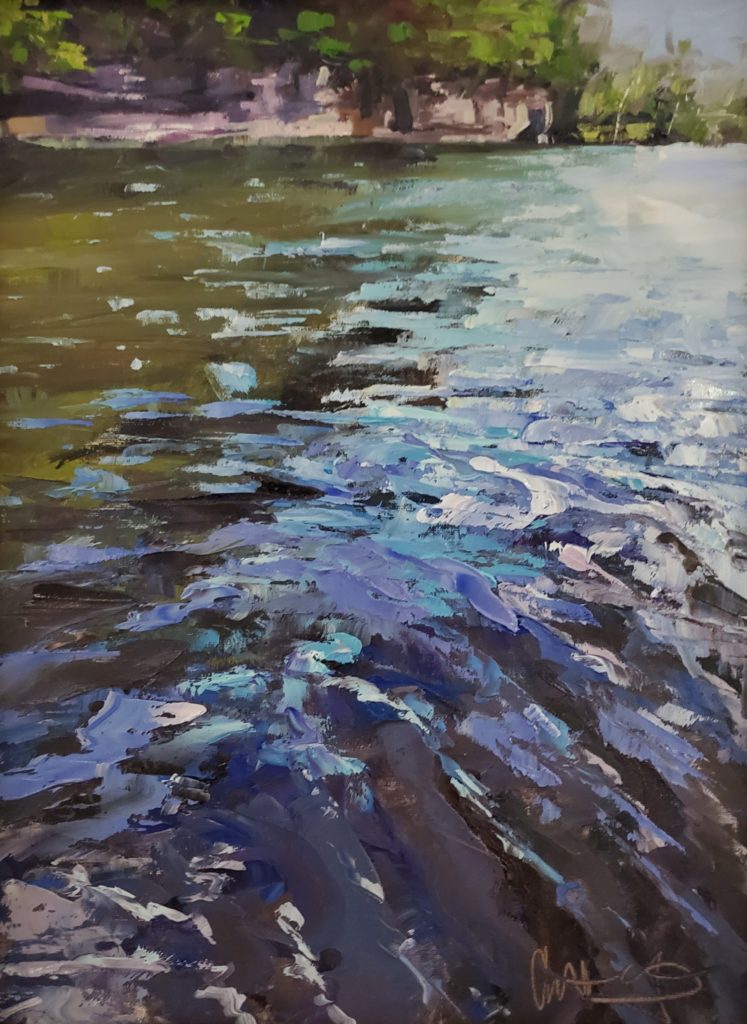
Kayakers and canoeist like the big pine for it’s rapids and limestone cliffs along many of it’s miles.
On one trip to southeastern Indiana, I concluded that tributaries to rivers are often more interesting than the rivers they feed. In Ripley County, near the town of Orleans, there is a four-arched stone bridge, one of 11 stone bridges remaining in the county. These types of things continue to be the great discoveries Curt Stanfield, John Kelty, brothers Dan and Tom Woodson, and I find on this project.
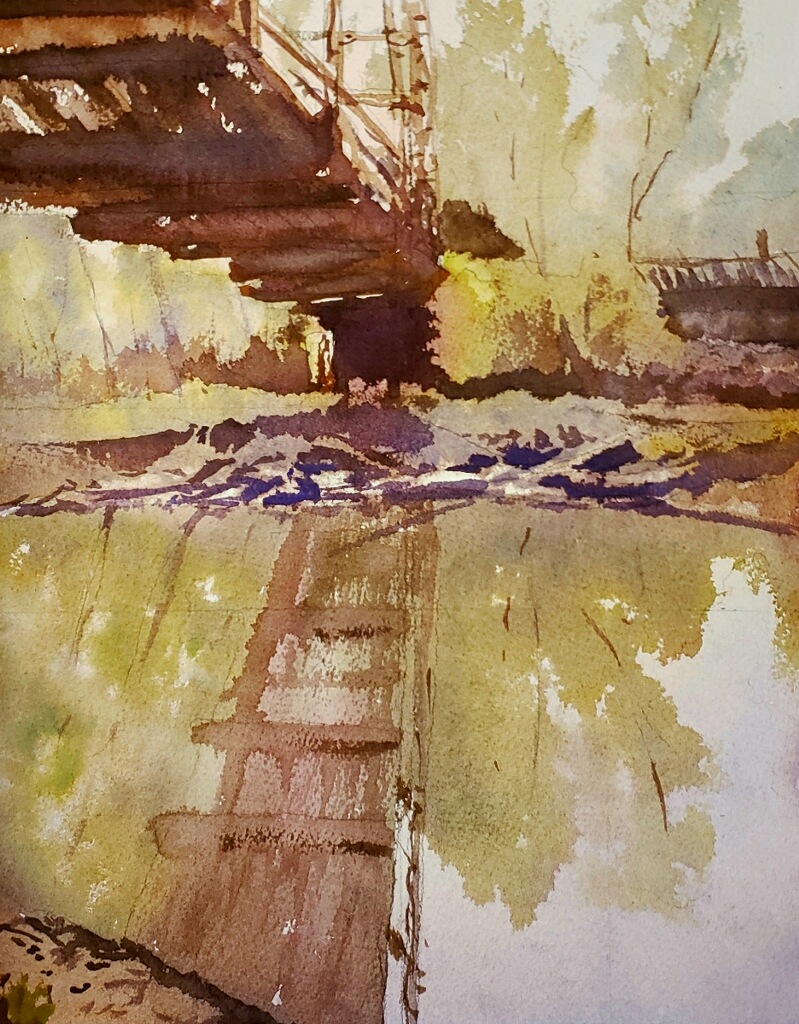
While this may not be like the Lewis and Clark Corps of Discovery, we hope what we find — and what our essayists on conservation write for the accompanying book — will make a difference, or at least bring some awareness to the need for increased conservation.
As project lead, I found three essayists, Jason Goldstein, Carson Gerber, and Jerry Sweeten. Sweeten, a biological scientist, has been on an eight-year quest to study the effects of restoration of the Eel River. Most recently, his work with the Eel River Basin Restoration project removed two dams. I was there to photograph and sketch the heavy equipment in the river.
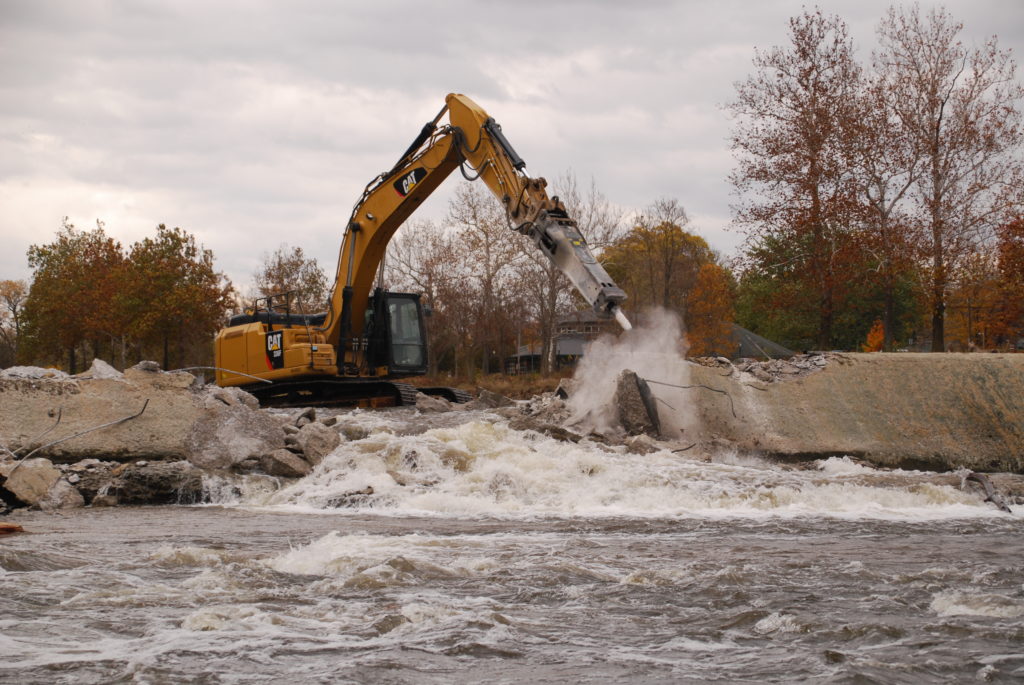
He has been systematically removing low-head dams that are no longer needed to power industrial sites. His essay will illustrate the before-and-after effects, not only of removal of the dams but reintroduction of native river grasses. His work is a road map adaptable to other waterways, if the will to conserve them exists.
Anyone, or any group of artists, can make a difference. I think many of us artists forget that art was first used to communicate before literacy was widespread. I am finding that art still can communicate the needs of our communities.
Little did we five know that our COVID-19 project would blossom into much more and that we all would find so many discoveries along the journey.
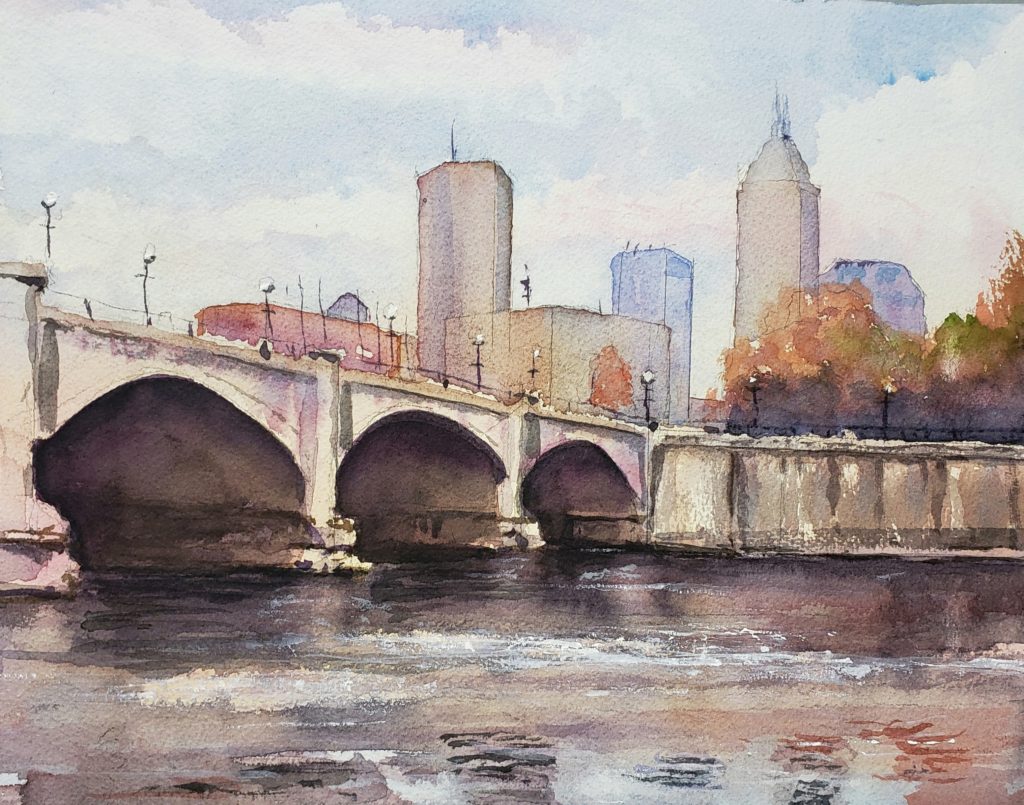
The White River runs through downtown Indianapolis and by the home of the Indianapolis Colts. Parks have been developed all along the river and up river in Anderson. Indiana has “water groups,” such as the White River Watchers, that do clean ups on streams and rivers. The White River group formed in the 1990s after a chemical spill killed millions of fish from Anderson to Indianapolis.
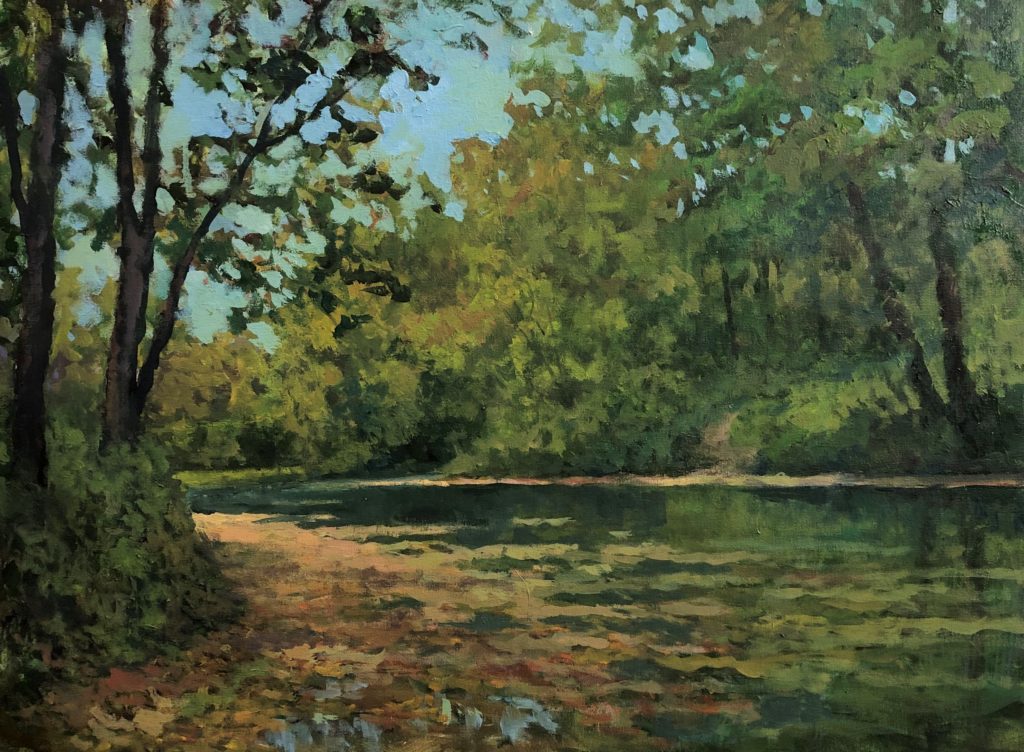
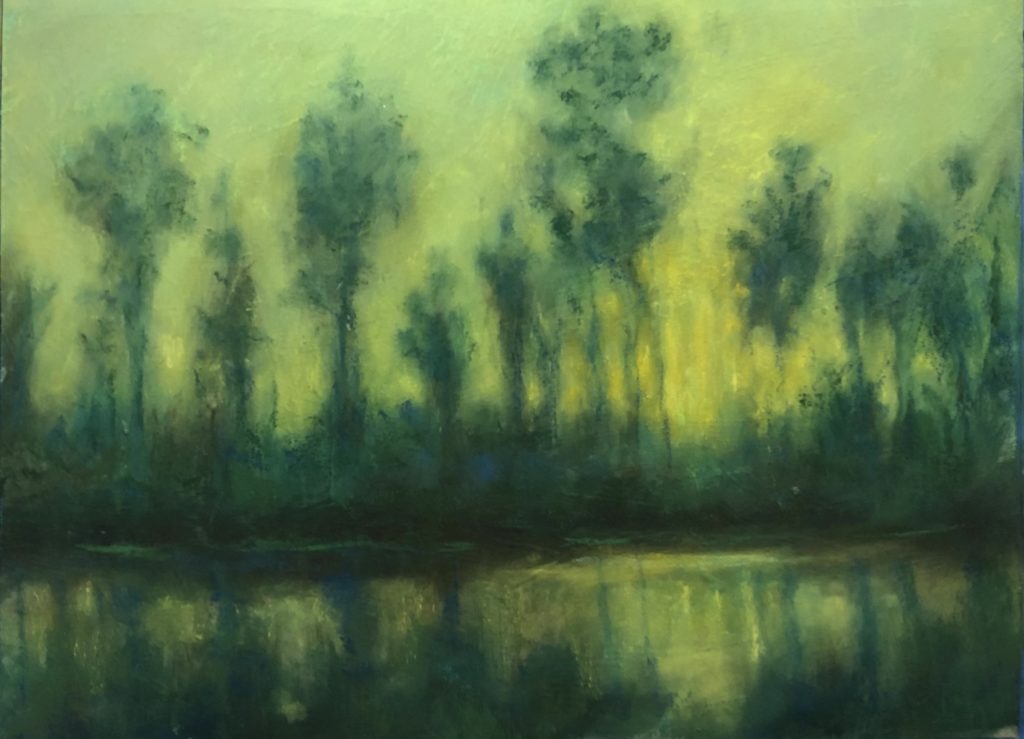
A select 100 paintings will tour the state October 2023 through December 2024 and be included in a book of conservation essays. For more information on the project, check out www.artnatureconsortium.org.
Visit EricRhoads.com to find out all the amazing opportunities for artists through Streamline Publishing, including:
– Online art conferences such as Plein Air Live
– New video workshops for artists
– Incredible art retreats
– Educational and fun art conventions, and much more.
> Subscribe to Plein Air Today, a free newsletter for artists
> Subscribe to PleinAir Magazine so you never miss an issue



